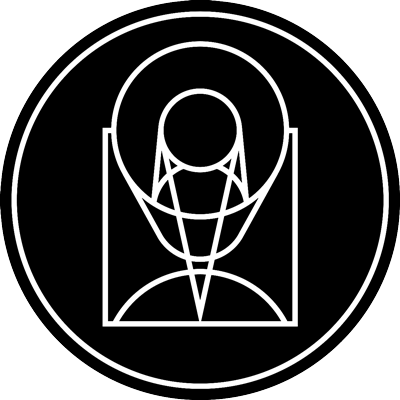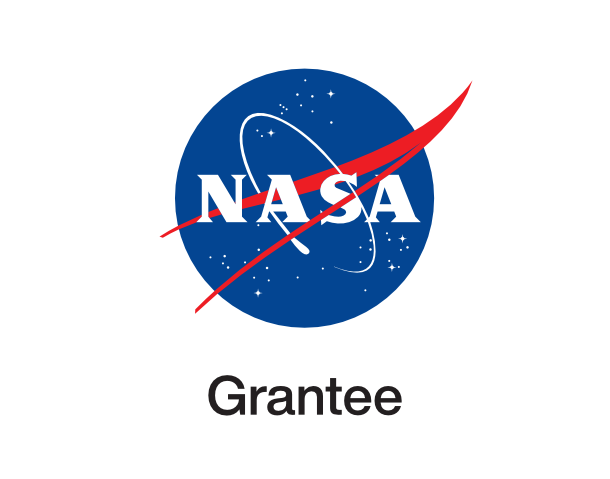Celestial fairy lights

esahubble_potw1840a October 1st, 2018
Credit: ESA/Hubble & NASA
This glittering ball of stars is the globular cluster NGC 1898, which lies towards the centre of the Large Magellanic Cloud — one of our closest cosmic neighbours. The Large Magellanic Cloud is a dwarf galaxy that hosts an extremely rich population of star clusters, making it an ideal laboratory for investigating star formation. Discovered in November 1834 by British astronomer John Herschel, NGC 1898 has been scrutinised numerous times by the NASA/ESA Hubble Space Telescope. Today we know that globular clusters belong to the oldest known objects in the Universe and that they are relics of the first epochs of galaxy formation. While we already have a pretty good picture on the globular clusters of the Milky Way — still with many unanswered questions — our studies on globular clusters in nearby dwarf galaxies just started. The observations of NGC 1898 will help to determine if their properties are similar to the ones found in the Milky Way, or if they have different features, due to being in a different cosmic environment. This image was taken by Hubble’s Advanced Camera for Surveys (ACS) and Wide Field Camera 3 (WFC3). The WFC3 observes light ranging from near-infrared to near-ultraviolet wavelengths, while the ACS explores the near-infrared to the ultraviolet.
Provider: Hubble Space Telescope | ESA
Image Source: https://www.spacetelescope.org/images/potw1840a/
Curator: ESA/Hubble, Garching bei München, None, Germany
Image Use Policy: Creative Commons Attribution 4.0 International License

- ID
- potw1840a
- Subject Category
- C.3.6.4.2
- Subject Name
- Large Magellanic Cloud, NGC 1898
- Credits
- ESA/Hubble & NASA
- Release Date
- 2018-10-01T06:00:00
- Lightyears
- Redshift
- Reference Url
- https://www.spacetelescope.org/images/potw1840a/
- Type
- Observation
- Image Quality
- Distance Notes
- Facility
- Hubble Space Telescope, Hubble Space Telescope, Hubble Space Telescope, Hubble Space Telescope
- Instrument
- ACS, ACS, WFC3, WFC3
- Color Assignment
- Red, Green, Blue, Blue
- Band
- Optical, Optical, Optical, Optical
- Bandpass
- I, g, B, U
- Central Wavelength
- 814, 475, 438, 336
- Start Time
- Integration Time
- Dataset ID
- None, None, -, None
- Notes
- Coordinate Frame
- ICRS
- Equinox
- J2000
- Reference Value
- 79.1794638346, -69.6564640254
- Reference Dimension
- 2913.0, 2865.0
- Reference Pixel
- 1456.5, 1432.5
- Scale
- -1.09915928418e-05, 1.09915928418e-05
- Rotation
- 104.67999999999994
- Coordinate System Projection:
- TAN
- Quality
- Full
- FITS Header
- Notes
- Creator (Curator)
- ESA/Hubble
- URL
- http://www.spacetelescope.org
- Name
- Telephone
- Address
- Karl-Schwarzschild-Strasse 2
- City
- Garching bei München
- State/Province
- None
- Postal Code
- D-85748
- Country
- Germany
- Rights
- Creative Commons Attribution 4.0 International License
- Publisher
- ESA/Hubble
- Publisher ID
- esahubble
- Resource ID
- potw1840a
- Resource URL
- http://www.spacetelescope.org/static/archives/images/original/potw1840a.tif
- Related Resources
- Metadata Date
- 2018-03-09T13:26:45+01:00
- Metadata Version
- 1.1
Detailed color mapping information coming soon...













